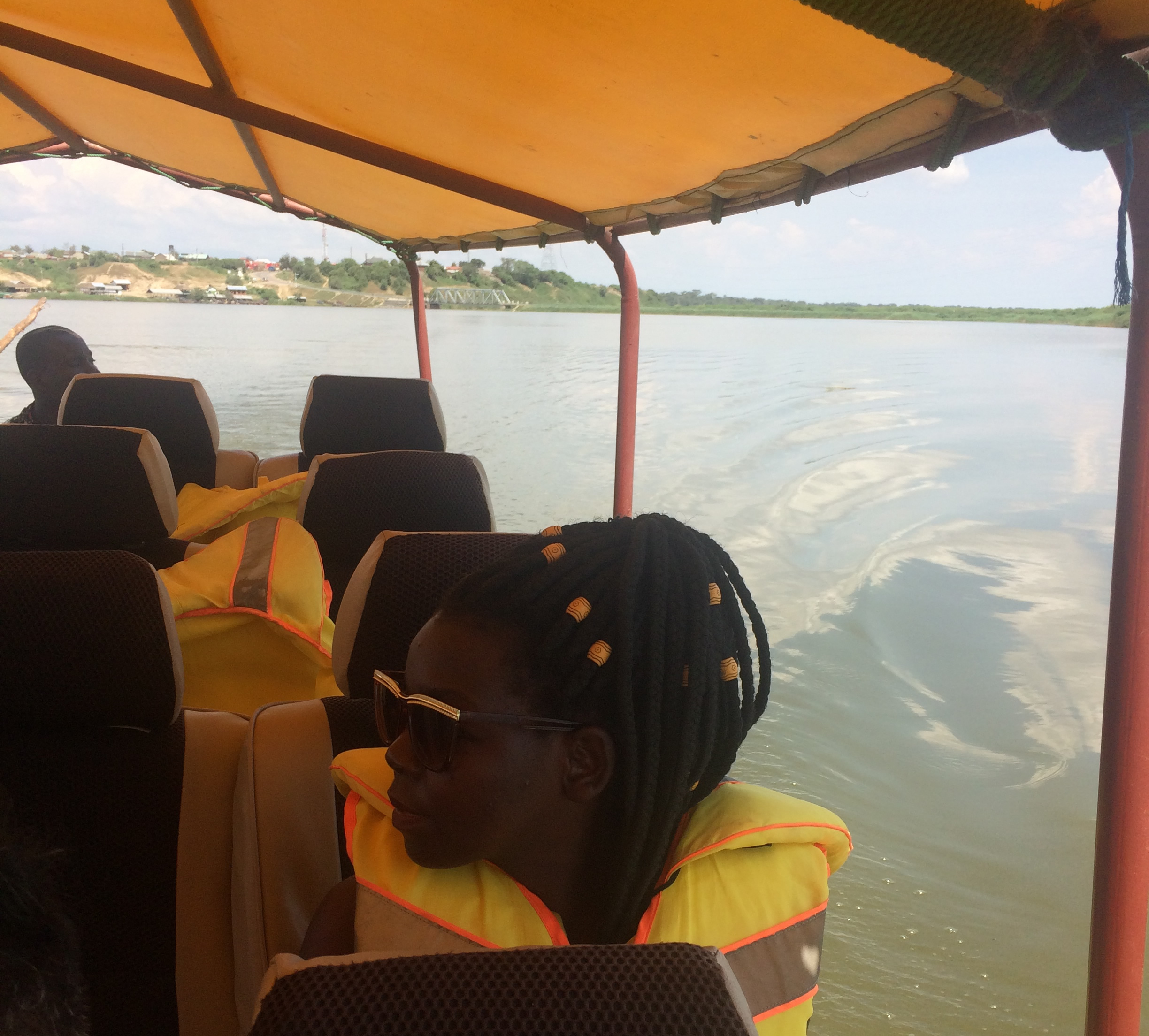History Of Tsavo West National Park
Tsavo West National Park, situated in Kenya, has a rich history and background deeply intertwined with the country’s colonial past, its struggles for independence, and its commitment to conservation. The park, part of the larger Tsavo Conservation Area, was established in April 1948.
However, its history predates its official designation as a protected area. Tsavo’s story gained international attention during the construction of the Kenya-Uganda Railway in the late 19th century. The railway, a monumental engineering feat spearheaded by the British colonialists, aimed to connect the port city of Mombasa with Lake Victoria and beyond.
The construction of the railway faced numerous challenges, including the harsh environment and the threat of wildlife. One of the most infamous episodes in Tsavo’s history occurred during this period, involving a pair of maneless male lions that preyed upon railway workers.
These lions, known as the “Man-Eaters of Tsavo,” terrorized the construction crew, resulting in numerous casualties. Their reign of terror became the subject of widespread fascination and speculation, immortalized in books, documentaries, and even movies. The legend of the Man-Eaters of Tsavo continues to captivate visitors to the park, with the Tsavo Railway Museum commemorating this dark chapter in its history.
Following Kenya’s independence from British rule in 1963, efforts to conserve Tsavo’s natural heritage gained momentum. The park’s boundaries were expanded, and conservation initiatives were implemented to protect its diverse ecosystems and wildlife. Tsavo West National Park became a key component of Kenya’s burgeoning tourism industry, attracting visitors from around the world eager to experience its wildlife and stunning landscapes.
Today, Tsavo West National Park remains a vital sanctuary for a wide array of fauna and flora, including the iconic Big Five and numerous bird species. Its varied terrain, encompassing open plains, volcanic hills, and verdant oases, provides a haven for wildlife and offers visitors a unique safari experience.
Frequently Asked Questions (FAQ) about Tsavo West National Park
- Where is Tsavo West National Park located? Tsavo West National Park is located in southern Kenya, approximately 240 kilometers southeast of Nairobi, the capital city of Kenya.
- What is the best time to visit Tsavo West National Park? The best time to visit Tsavo West National Park is during the dry season, from June to October, and from January to February. During this time, wildlife congregates around water sources, making it easier to spot animals, and the weather is generally pleasant for safari activities.
- How can I get to Tsavo West National Park? Tsavo West National Park is accessible by road from Nairobi, with the journey taking approximately 4 to 5 hours, depending on traffic and road conditions. Alternatively, visitors can fly to nearby airstrips such as Kilaguni or Tsavo West Airstrip and arrange for transportation to the park.
- What wildlife can I expect to see in Tsavo West National Park? Tsavo West National Park is home to a diverse range of wildlife, including elephants, lions, leopards, buffaloes, giraffes, zebras, hippos, crocodiles, and numerous bird species. The park is also known for its population of black rhinos, which can be spotted in the Ngulia Rhino Sanctuary.
- Are there accommodation options available within Tsavo West National Park? Yes, Tsavo West National Park offers a variety of accommodation options, including lodges, tented camps, and campsites. These accommodations cater to different preferences and budgets, providing visitors with comfortable lodging amidst the park’s wilderness.
- Are guided tours available in Tsavo West National Park? Yes, guided tours are available in Tsavo West National Park, with experienced guides leading game drives, walking safaris, and birdwatching excursions. These tours offer visitors the opportunity to explore the park’s diverse landscapes and wildlife while learning about its history, ecology, and conservation efforts.
- Can I visit Mzima Springs in Tsavo West National Park? Yes, Mzima Springs is one of the main attractions in Tsavo West National Park and can be visited by park visitors. The crystal-clear waters of Mzima Springs provide a habitat for hippos and crocodiles, and visitors can enjoy guided walks along the nature trails to observe wildlife and learn about the springs’ ecosystem.
- Is it safe to visit Tsavo West National Park? Yes, Tsavo West National Park is generally safe for visitors. However, it’s essential to follow park rules and guidelines, stay inside designated safari vehicles during game drives, and respect wildlife from a safe distance. Visitors should also be aware of potential hazards such as wild animals and rough terrain.
- Can I engage in cultural experiences near Tsavo West National Park? Yes, visitors to Tsavo West National Park have the opportunity to engage in cultural experiences with local communities near the park. These experiences may include visits to nearby villages, interactions with community members, and learning about local traditions and customs.
- How can I contribute to conservation efforts in Tsavo West National Park? Visitors can contribute to conservation efforts in Tsavo West National Park by practicing responsible tourism, supporting eco-friendly accommodations and tour operators, respecting park rules and guidelines, and raising awareness about conservation issues. Additionally, visitors can participate in community-based conservation projects and support organizations working to protect the park’s wildlife and habitats.
Moreover, the park’s cultural significance, exemplified by its historic landmarks and indigenous communities, adds depth to its allure. In essence, Tsavo West National Park’s history and background reflect Kenya’s journey from colonialism to independence and its ongoing commitment to conservation and sustainable tourism. It stands as a testament to the country’s natural beauty, cultural heritage, and enduring spirit of resilience.
